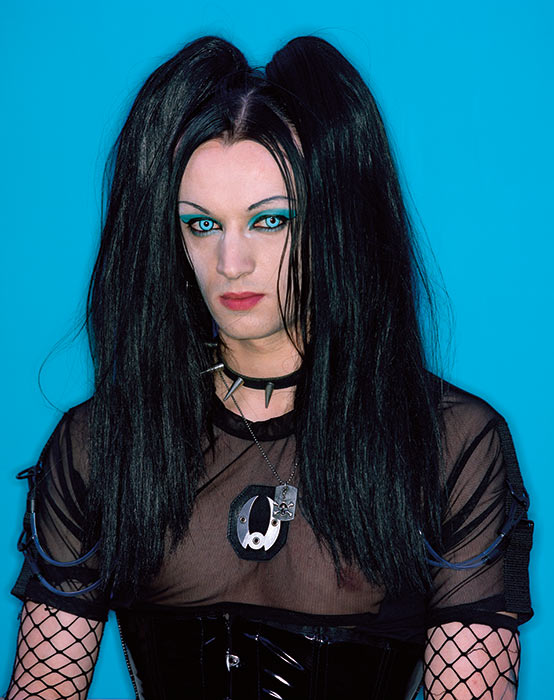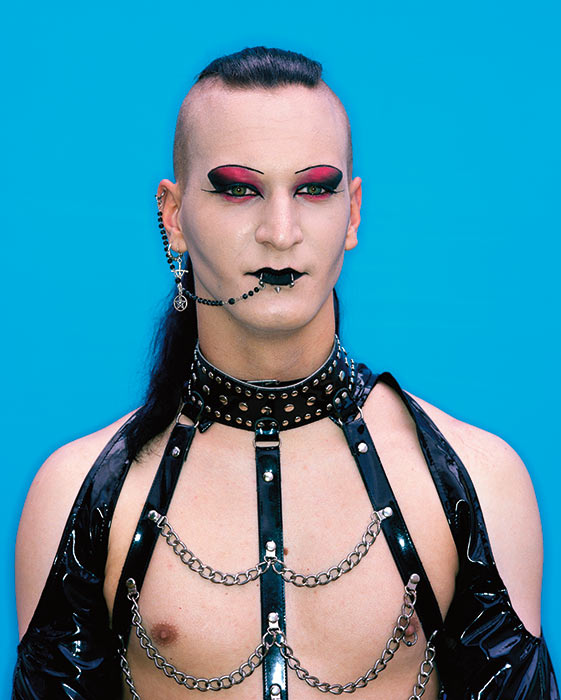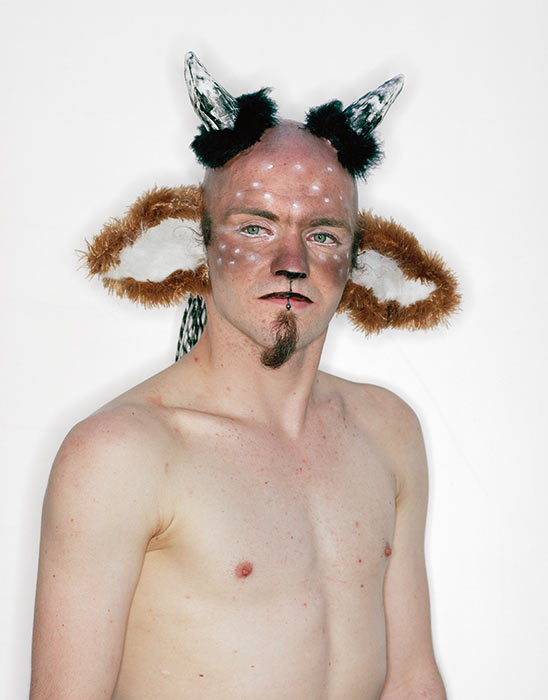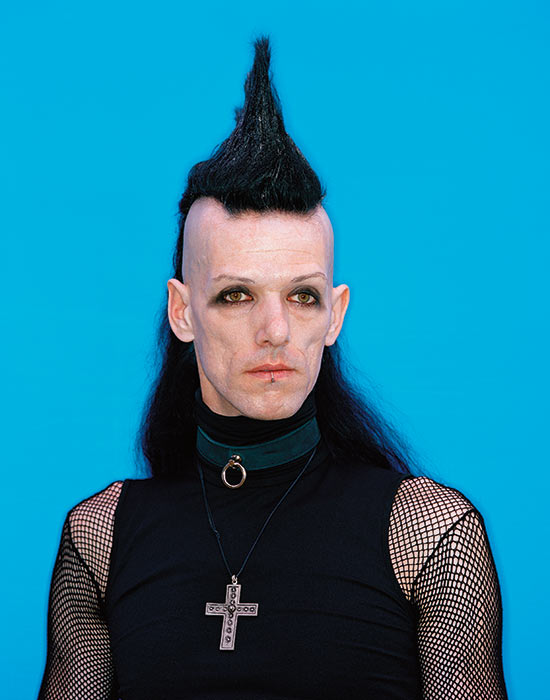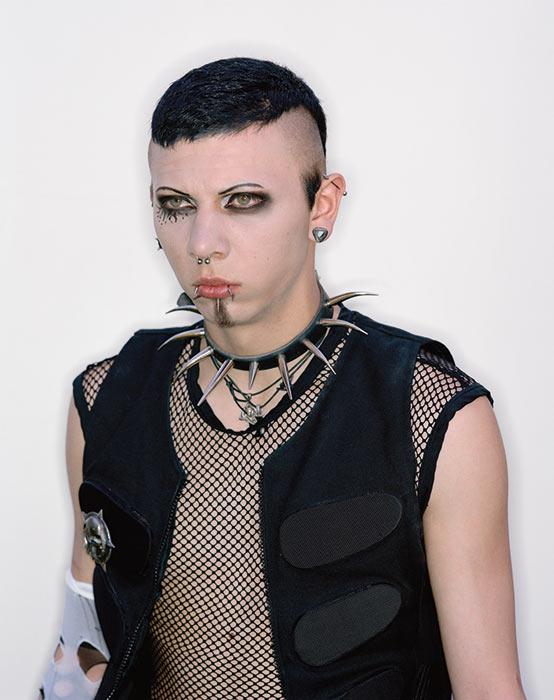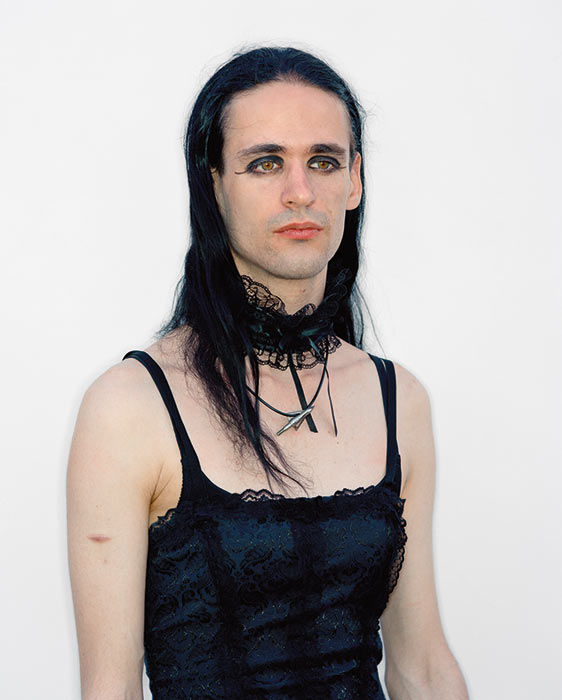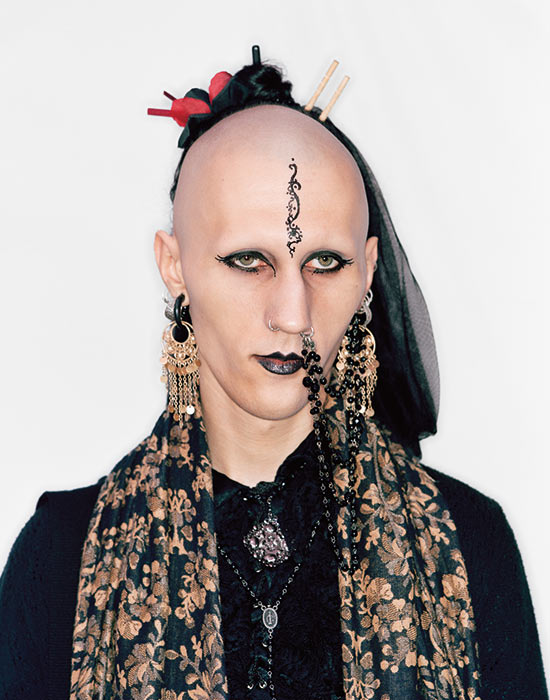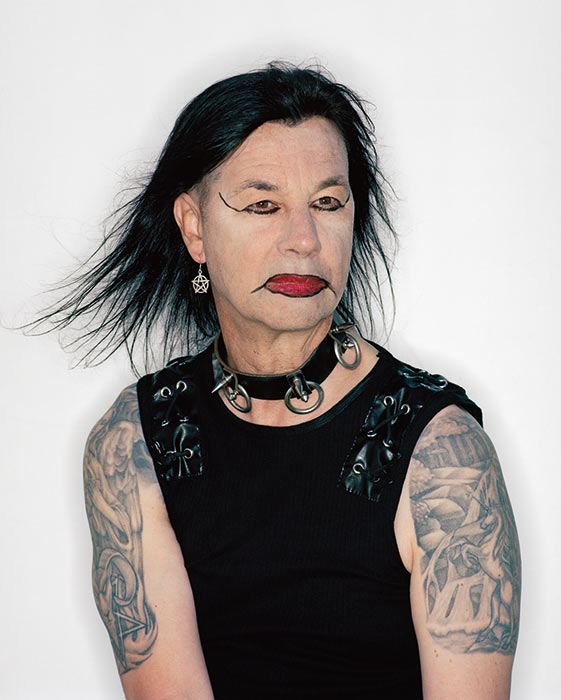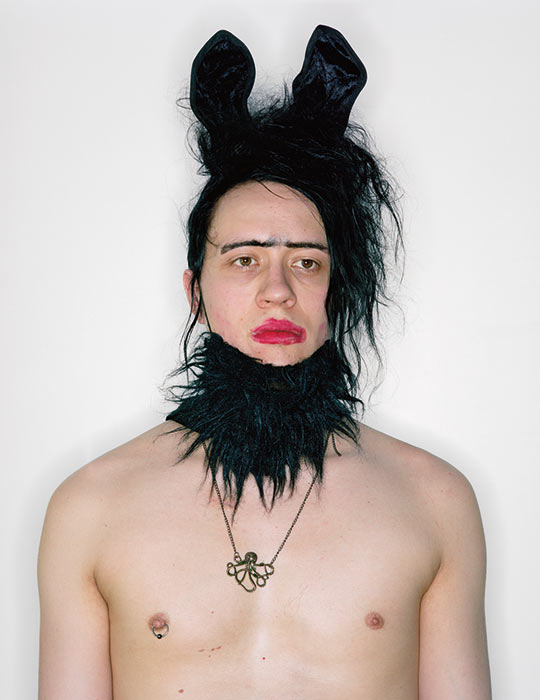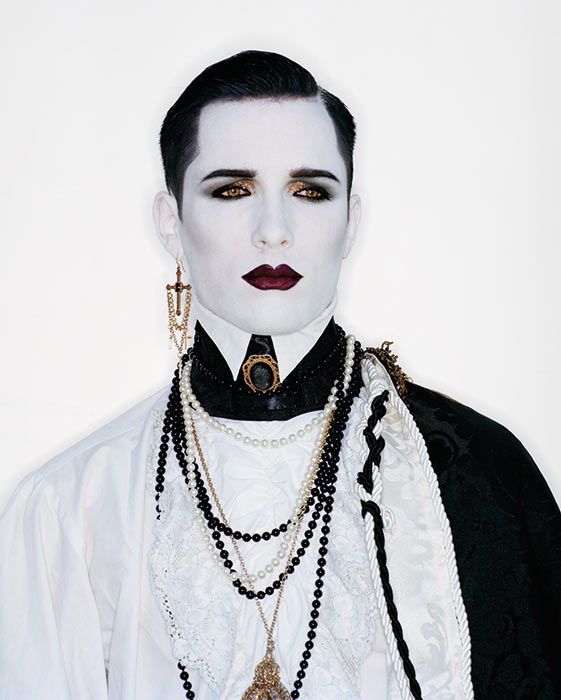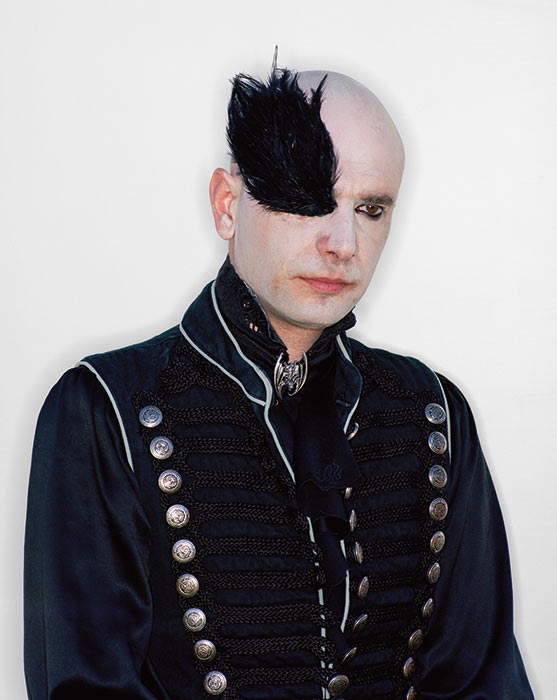[Fall 2019]
By Andreas Höll
Our image of the world has always been very fragile, and it has severely jolted on several occasions. Sigmund Freud, for example, cited the three insults to humanity that overturned our view of the world: Copernicus expected us to believe that we weren’t at the centre of the universe; Darwin proved we were descended from apes and warned us not to assume we were the pinnacle of creation; and Freud himself revealed that, following the discovery of the unconscious, we were no longer master even in our own house.
In the twenty-first century, these three insults seem to have been joined by a fourth, at least to some part of humanity: men no longer personify the so-called stronger sex that determines the course of the world, despite having been accepted unquestioningly as such for several millennia. If we are to believe the wealth of studies and statistics, a crisis of masculinity can be seen everywhere in the Western world. Men are significantly more likely than women to be unemployed or commit suicide; moreover, men seem to be inferior in almost every other way. Last, but not least, as the German neuroscientist Gerald Hüther discovered, men are at a genetic disadvantage because, unlike women, they have only one X chromosome, which means that from birth they lack self-confidence, warmth, and the ability to communicate.
That men are a victim of nature and themselves is one proposition. Its counterpart is the image of the perpetrator and aggressor, condensed in the battle cry of the old white man. Deadly serious and imbued with morality in equal measure, he wanders through the discourse of militant political correctness, its champions failing to realize that they themselves are guilty of disparaging individual sections of the population (something they are normally highly critical of) in three ways at once: with sexism, racism, and ageism.
This heated debate, with its “sterile excitements” (as the famous sociologist Max Weber so beautifully put it), provides the perfect backdrop to Erasmus Schröter’s photo series Contest. Since 2010, Schröter has studied images of masculinity at the Wave-Gotik-Treffen in this long-term project. Held every Whitsun in Leipzig, a city with a population of half a million in eastern Germany, the WGT is the biggest festival of dark music and culture in the world. It attracts around twenty thousand men and women dressed in black – cyber- goths, doom metal fans, steampunks, and neo-Victorian black romantics as well as electro, medieval, and fetish fans – who instantly transform the countenance of Leipzig.
Schröter – who left Leipzig, his hometown, in the 1980s in protest of the repression in East Germany, emigrated to Hamburg in West Germany, and returned in the 1990s – concentrates over the four days solely on the male protagonists. They present themselves in the urban space with a fondness for heavy symbolism and garish effects, and also duplicate themselves in the virtual space of Facebook and Instagram.
Schröter “detaches” these figures from the hustle and bustle of the streets, squares, and parks, isolating them in front of white or blue monochrome backgrounds positioned behind them by his assistant. The vivid, extremely precise colour shots appear to have been taken in the silence of a studio instead of in the midst of the WGT. Bearing the veristic impression of a body scan, at the same time they are documents of deceleration, concentration, and self-focus. The facial expressions of the subjects are motionless, sometimes suggesting emptiness or numbness, resulting in images that look as if they have been produced in a laboratory. Using a supposedly objective view, an unfamiliar species is exhibited in all its genres and manifestations. These are concentrated portraits of exotic creatures, which, due to their sheer number, seem to even each other out.
The Contest series is intriguingly related to another longterm study in which Schröter is also exploring contemporary images of masculinity. His photo series Extras revolves around part-time bit players working for eastern German theatres and film production companies. Usually, they simply do their job, have a regular employment contract, and follow someone else’s script. But in Schröter’s choreographed photographs, they swap roles from minor figures to main characters, suddenly finding themselves the focus of interest. In contrast to
the WGT fans, the men portrayed in black and white look like relics from a bygone era. For Schröter, they are memories of the extinct German Democratic Republic captured in photographs. His subjects, between thirty and sixty-five years old, embody a vague impression of middle-aged men – men who exist in their supposed normality but are no longer noticed. They more or less typify the white man left behind who, dressed in practical anoraks or worn leather jackets and with a decidedly inconspicuous disposition, makes his way through everyday life and is determined not to stand out. He represents a social segment that no longer seems to come into contact with the manifold varieties of a postmodern subculture.
The two photo cycles are opposite visual worlds, both stylistically and in terms of their temporal location. Past meets future, one might say. And the future is indeed conjured up by these young men at the WGT, who spare no effort to pose as very different characters. The neo-Goths convey the impression of a total artificiality transcending both borders and the customary classifications based on gender or origin. A cosmos of hybrid images of masculinity opens up, a world of liquidness, of perforations, fraying, and overwriting in which piercings and tattoos mixed with eye shadow, mascara, and other forms of makeup come into play, not to mention collars with rings and martial chains from the subculture of sadomasochism, and also latex costumes. This is a homage to an aesthetic of fetish, which hitherto mostly found its stage in the seclusion of private clubs. But now it’s on public display for all to see, and for several days it characterizes the streets of Leipzig.
Whereas Christopher Street Day activists, especially in their exhibitionistic colourfulness, have always seen themselves as an emancipation movement, the Wave Goths seem to celebrate their own freedom without trying to derive a political message from it. They certainly play with taboos – not just sexual, but also political, such as black uniforms with an Iron Cross and caps bearing skulls, both evocative of the SS.
Schröter stresses that the men at the WGT take much greater risks in the way they boldly present themselves than do their female counterparts. The women tend to intensify their sex appeal, often even exaggerating the traditional image of femininity in pin-up fashion rather than questioning it. The men, on the other hand, aren’t afraid to explore the limits of “good taste” and question their own image, sometimes even in an unflattering way. The clichés of virile attractiveness are often undermined and exposed to radical experiments.
Accordingly, the Contest series strikingly demonstrates how male identities can liquefy in the digital age and simultaneously become a trademark in their own right. And at the same time, with their postmodern leisure garb, they also tell us something about the diverse parallel worlds that reality has in store for us in the twenty-first century.
Translated from German by Chris Abbey
Andreas Höll, born in 1963, read Protestant theology, general rhetoric, German studies, and cultural studies at Tübingen University in Germany and Stanford University in California. Since 1994, he has been a visual arts editor at the MDR arts radio station broadcasting to central Germany. As a freelance author, he has written numerous articles on contemporary art for catalogues. His curatorial projects have included the exhibition Montevideo by Erasmus and Annette Schröter, which was held in 2018 at Leipzig Museum of Fine Arts and Stadtgalerie Kiel.
Erasmus Schröter was born in Leipzig(East Germany) in 1956. From 1977 to 1982, he studied photography at the Hochschule für Grafik und Buchkunst in Leipzig, where he worked as freelance photographer, before escaping from East Germany to Hamburg. Since 1990, he worked intensively on personal projects in light staged photography. His works have been exhibited in Germany, France, Finland, and the United Kingdom. He now lives and works in Leipzig and Montreal. He is represented by Galerie Kleindienst in Leipzig.
[ Complete issue, in print and digital version, available here: Ciel variable 113 – TRANS-IDENTITIES ]
[ Individual article in digital version available here: Erasmus Schröter, Contest — Andreas Höll, A Crisis of Masculinity? The Gradual Liquefaction of Identities ]




